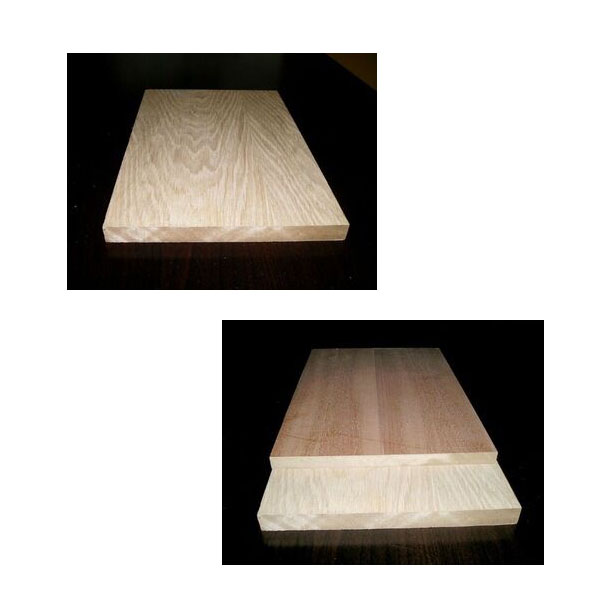Static experiment:
Required equipment: 1l beaker, small aeration device, micro-electrolytic filler, acid, alkali, coagulant;
Add 1 kg of packing to a 1 liter beaker and place an aeration head at the bottom of the beaker to make an aeration device. Then, the wastewater that needs to be tested is just not filled, and the aerator is turned on for aeration, and the aeration amount is adjusted to the appropriate size of the set process;
Time adjustment: The test can be carried out in several time periods such as 30 minutes, 45 minutes, 60 minutes, 90 minutes, etc.;
Adjustment of ph value: the ph value can be adjusted to 2, 3, 4, 5, 6 respectively, and the ph value of the effluent is measured;
After the reaction is finished, the waste water is poured out, and the pH is adjusted to between 8 and 9 with lime or liquid alkali to carry out flocculation precipitation (a small amount of a coagulant, such as pac may also be added), and the supernatant is taken for detection;
Dynamic experiment:
The dynamic test can be used to simulate the reactor placement on site for continuity test. The structure of the reactor can be designed according to the wastewater and the site conditions. The test parameters can be calculated as follows: the specific gravity of the filler is 1 ton / cubic meter, and the microporosity is 65%. According to the calculation of 60%, if the micro-electrolysis treatment time is 60 minutes, one cubic filler can treat 0.6 cubic meters of water per hour. If the test is processed for 30 minutes, the amount of water that can be processed per cubic meter of filler per hour is: 60/30*0.6= 1.2 cubic water; others can be deduced by analogy.
"Iron carbon filler" iron carbon filler experiment ------ all kinds of wastewater treatment technology summary! Miss Li ---186--6364--0492
1. Printing and dyeing wastewater: The micro-current effect and magnetic field effect between iron and carbon can cut off the chromophores of pollutants in printing and dyeing wastewater, thus decolorizing the wastewater.
2, electroplating wastewater, printed circuit board wastewater, wastewater containing heavy metal complex: the reduction of the new ecological iron ions produced by the anode can break the heavy metal complex, while using the electrophoretic effect and the coprecipitation of iron hydroxide, Reduce heavy metal complexes and wastewater cod in wastewater.
3, nitrobenzene wastewater, aniline wastewater, coking wastewater, petrochemical wastewater, hydrogen peroxide wastewater, rubber auxiliary wastewater, benzene ring chemical wastewater: 1.2v potential difference between iron and carbon can produce tiny differences between wastewater pollutants The magnetic field, the oriental movement of electrons under the action of magnetic field force will cut the carbon chain and carbon ring of the compound, thereby breaking the chain, greatly reducing the cod and improving the biodegradability of the wastewater, and converting the refractory wastewater into easy degradation. Waste water.
4. Pharmaceutical wastewater: The micro-current effect between iron and carbon can convert stable compounds in medical water into easily decomposable substances, reduce cod, and disinfect the pathogens in hospital wastewater.
5, papermaking wastewater: papermaking wastewater color is heavy, more pollutants, the current effect of micro-electrolysis, magnetic field effect and redox effect can convert long-chain fiber polysaccharides in wastewater into disaccharides or even monosaccharides, greatly Improve its biodegradability and convert it into easily degradable substances. Can be completely removed with Fenton.
6. Livestock wastewater and high-concentration organic wastewater: The micro-electrolysis effect can break the chain of high-concentration organic wastewater and destroy the chromophore group, and reduce the effect of cod, ammonia nitrogen and phosphide.
"Iron carbon filler" experiment ---- detailed data of various types of wastewater!
1. Pig farm wastewater: the first water sample cod: 12163.05mg / l, ammonia nitrogen: 1080.16mg / l; small test denitrification tower equipment effluent cod: 1790.43mg / l; ammonia nitrogen: 13.28mg / l; small test micro The effluent cod of the electrolysis equipment was 384.27 mg/l.
2, electroplating wastewater: raw water cod: 945, cod: 135 after micro-electrolysis.
3, nitrobenzene wastewater: raw water cod: 3800, nitrobenzene: 82.5; iron carbon microelectrolysis + Fenton process cod107, nitrobenzene: 0.26.
4, aniline wastewater: raw water cod: 5035, two-stage micro-electrolysis + fenton cod: 113.
5, modified starch wastewater: raw water cod: 12000, after two-stage micro-electrolysis, cod: 5875.
6, cattle cattle wastewater: raw water cod: 11034, two-stage micro-electrolysis cod: 1416, two-stage micro-electrolysis + Fenton cod: 8577, a chemical wastewater: raw water cod: 20000, two-stage micro-electrolysis + Fenton cod: 1600

Veneer Mdf board is mainly used for laminate floor, door sheet, partition, furniture, decoration of indoor&outdoor, office and home furniture, sould equipment, inside decoration of the car, antistatic floor of computer room, panel, security door, wall board etc, and also used for the package and the basic material of laminate Wood Flooring .
Veneer MDF Board is easily for coating finishing, every coating, oil paint are also on the surface of Veneer MDF, is the fist choice as the basic material of painting effects.Veneer MDF is one kind of beautiful material of decoration. Smooth and flat surface, fine texture, steady property. All kinds of venner, gummed paper, light metal plate, melamine paper etc, is also can on the surface of the Plain MDF . Plain MDF is made from acoustical board after drilling, is used in construction decorative progress, such as meeting room, displaying room, office etc. And we have Veneer UV MDF and Sapele Veneered MDF.
LULI Group Corp. Ltd, well known as the leading manufacturer for wooden, steel and paper products, located in Shouguang, Weifang, Shandong, China. Since the foundation in 1985, it focus on the production of Plywood , venner,MDF board, Particle Board, Door skin , Blockboard , Finger joint board, OSB, paper, Steel etc.
Veneer Mdf Details:
size:1220*2440MM 1830*3660MM 1830*2440MM 915&610*3660MM 1220*2800MM 1525*2440MM
THICKNESS:2MM-35MM
MATERIAL:POPLAR, COMBINE, PINE
GLUE:E0, E1, E2, FIRE-PROOF
CERTIFICATION:CARB, FSC, CE, SON CAP

Veneer Mdf
Veneer Mdf,Veneer MDF Pegboard,Veneer UV MDF,Sapele Veneered MDF
Luli Group Co.,Ltd. , http://www.plywoods.nl